10 Most Visually Stunning Films
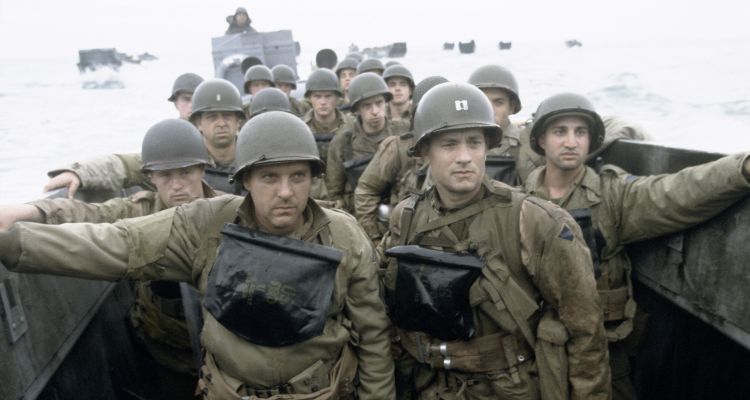
Jax is a filmmaker and producer, and a film &…
For me, the way a film looks is nearly as important as how good it is. I can remember leaving several theatres saying, “Wow, that movie was terrible, but it looked amazing!” Film is a visual media after all, and cinematographers work extrememly hard to present audiences with beautiful and stunning imagery even if the film doesn’t work as a whole – I’m looking at you, Prometheus.
It’s incredibly difficult to whittle a list down from the thousands of gorgeous looking films and I’ve had to leave a few favourites off my list. I’ve decided to focus on films that aren’t just visually stunning, but also brought something new to the table, whether that be stylistically or technically. And that led me to the following.
10. Citizen Kane (1941)
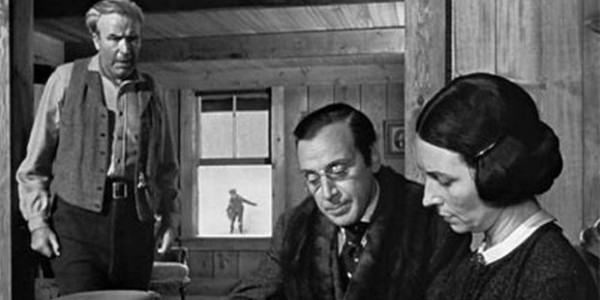
If you’ve taken any film classes on a higher education level, you have seen Orson Welles‘ Citizen Kane, and for good reason. This film introduced the technique of “deep focus,” allowing for someone in the close foreground to be in focus while keeping those in the background in focus. This is evident in the still above, where young Charles is playing in the background while his parents confer in the foreground.
We take this for granted now, but before this film, that wasn’t a thing. Welles and director of photography Gregg Toland accomplished this by absolutely flooding the set with light and bringing the iris on the lens down as far as possible. It made for some sweaty work but this film stands the test of time visually.
9. Saving Private Ryan (1998)
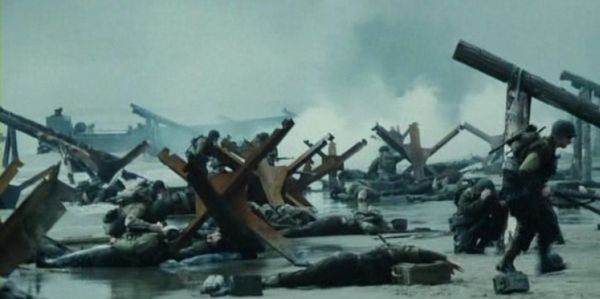
>This film set the standard for how we expect modern war movies to look and feel. The footage was so realistic and representative of the actual events that doctors worried viewing the film would trigger PTSD in World War II veterans. The signature look was accomplished through a technique implemented by Janusz Kaminski in which you change the angle of the shutter, the device which allows light to hit the film and expose it.
Normally, a shutter is set to 180 degrees, however Kaminski altered the angle to 45 degrees. This means the film was exposed to the light for less time and therefore had much less motion blur (there’s a full breakdown of how this works here). That’s what gives the battle sequences in Saving Private Ryan the hyperrealstic nature that disturbed so many.
8. Lord of the Rings: The Two Towers (2002)
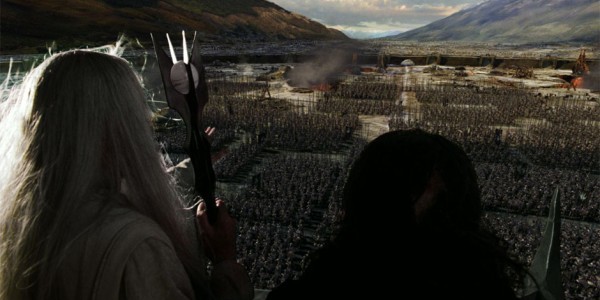
Okay, we all know Peter Jackson’s Lord of the Rings Trilogy smashed the box office and helped pave the way forward for motion capture CGI. Return of the King snagged itself a tidy eleven Oscars, so why is Two Towers on the list instead? Well, dear reader, because the visual effects team that did all three Lord of the Rings films invented a method for replicating troops (as above), first used in this film.
Jackson and director of photography Andrew Lesnie also had the smarts to utilise CGI only when necessary – something they’ve failed to do with the Hobbit films. Those close ups of the Uruk-hai are actors and stunt men and women in full prosthetics and make up. However, snarky comments aside, when CGI was used, it was to the highest standard ever to date. Gollum comes across as sympathetic, insane, and terrifying through an impressive display of very human emotions on a computer generated face.
7. Black Narcissus (1947)
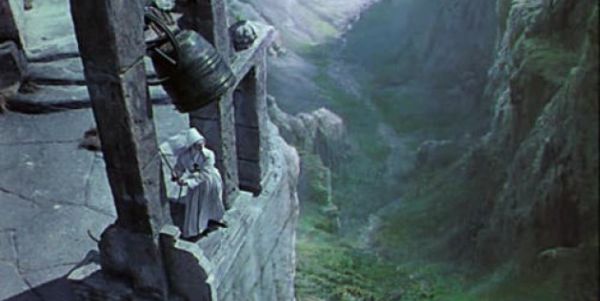
Of all the films on this list, this is the one I expect most people to have never heard of. So if you’ve seen it, I am giving you a smattering of applause. Released in 1947, Black Narcissus was a joint venture by Michael Powell and Emeric Pressburger but the real praise needs to go to the art department for their stunning backdrops. The still above? That’s a hand-painted backdrop, led by head artist W. Percy Day.
I’ve spent most of this article discussing cinematography and visual effects, but this film makes the list because the art department pulled through with some of the most astounding and realistic set painting I’ve ever seen. If you find yourself lucky enough to watch this film, trust me, it still holds up even with today’s standards.
6. Pan’s Labyrinth (2006)
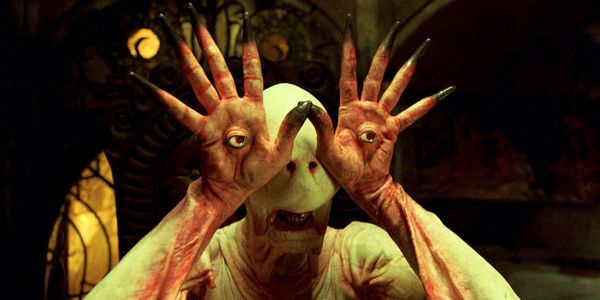
This film often pops up in conversation about modern cinematography and rightly so. Director Guillermo del Toro and his team (notably cinematographer Guillermo Navarro and production designer Eugenio Caballero) created two dichotomic universes within one film. One world visceral, gritty, and gruesome and the other fantastic, beautiful, and terrifying. They accomplished this through careful lighting, contrasting colour schemes, and excellent make-up and prosthetic work (another film with impressively sparing use of CGI).
The stark contrast between the world of Ofelia’s reality and her fantasy world allows the viewer to fully understand the tragedy of the young girl’s situation and much of this is accomplished visually. The monotonous grey tones of the real world highlights the level of violence (the sudden bursts of deep red are gut-wrenching) but also allows the stunning colours of the fantasy world to stand out.
5. Avatar (3D) (2009)
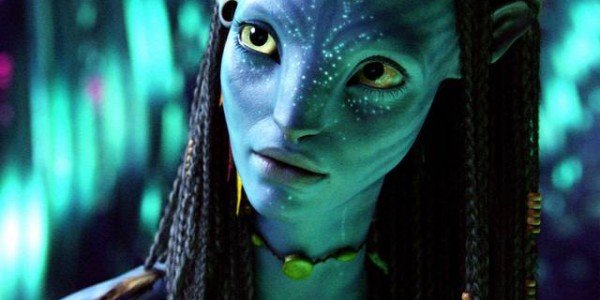
Let me start this one off by saying that I am not a big fan of 3D movies. I generally find it pointless and it makes my eyes hurt. That being said, there’s no denying that James Cameron changed filmmaking forever with the release of Avatar. He invented a new camera and developed a new motion capture as well as encouraging some of the most advanced CGI and special effects work to date.
Regardless of your opinions on Cameron’s storytelling ability, the man commands respect for his incredible and contributing contributions to the film industry. Maybe Avatar is just Pocahontas in space – though I personally wasn’t offended by the story, acting, or plot – but the technology on display, specifically in the 3D projection, was jaw-droppingly amazing.
4. The Diving Bell and the Butterfly (2007)
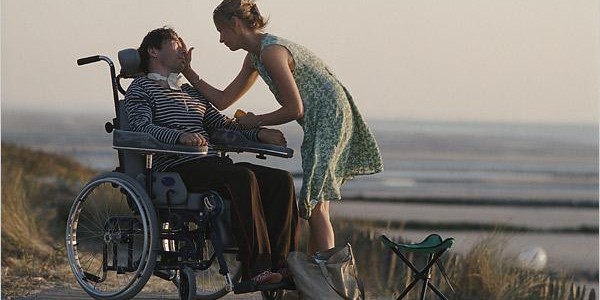
This is the second film shot by Janusz Kaminski that makes this list, and with good reason. The Diving Bell and the Butterfly puts the viewer into the state of a victim with “locked-in syndrome” through a fully visual means, utilising point-of-view shots for the entire first forty minutes. This is an incredibly brave move and a highly difficult technique to pull off with audience satisfaction, but the artistic choices here were driven by the story and it all comes together. While this isn’t necessarily the first time this technique has been tried, this is the first time it was done with such excellent precision and beauty.
3. Finding Nemo (2003)
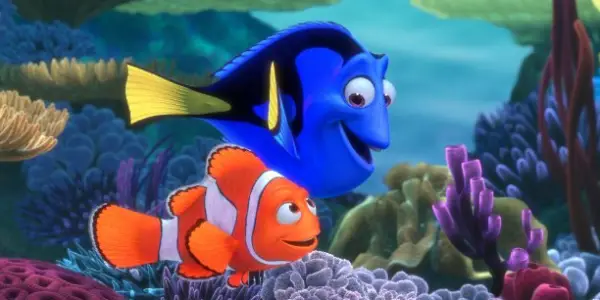
This was a tough call to make. I wanted to include a Pixar film on the list and my first thought was Toy Story because there’s no arguing that it made huge waves when it came out in 1995. However, I settled on Finding Nemo because of two reasons. First, the Pixar animators spent hours upon hours studying the movements of real fish to make sure their depictions in the children’s movie were accurate.
Secondly, they worked endlessly to ensure that Finding Nemo had the most realistic CGI-animated water to date. The physics, lighting, and colouring of the ocean was practically photorealistc. Combine that with excellent characters and storytelling, and you’ve got my personal favourite Pixar film to date and one of the best looking animated films ever.
2. Sin City (2005)
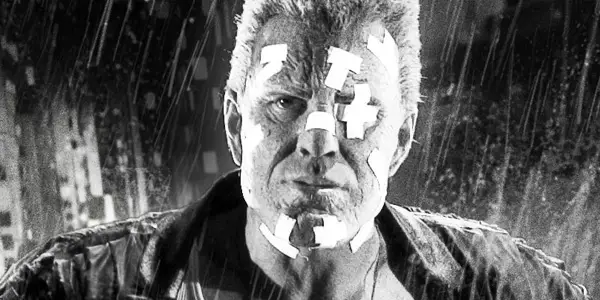
When does green screen ever look this good?! When Robert Rodriguez gets his groove on with Frank Miller’s classic graphic novel series Sin City, that’s when! Rodriguez withdrew from the DGA to allow both he and Frank Miller to be credited as directors. The visual style of the film borrows directly from Miller’s illustrations – a stark black and white with patches of colour to highlight certain aspects of a character.
As Rodriguez discusses in this interview, he had to shoot the film on green screen and in colour and add the black and white and colourising effects in post-production. As a fan of the graphic novels, I was convinced there was no way to bring them effectively to the screen and this film proved me wrong. It’s also shown me that Mickey Rourke isn’t always terrifying. Just mostly.
1. Barry Lyndon
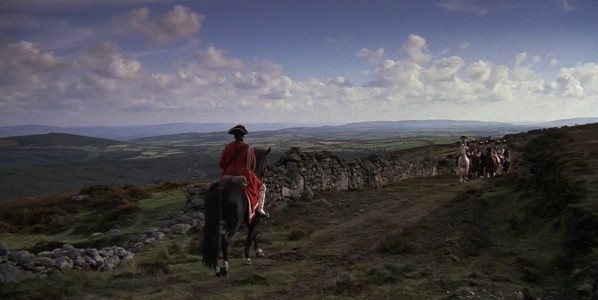
The above still is not an oil painting. It is a frame from Stanley Kubrick’s oft-forgotten Barry Lyndon. Kubrick, not exactly a stranger to obsession, decided to shoot the film using only natural light. So that’s only daylight or source lighting (where you can see where the light eminates from in shot). For a film set in the 18th century, that means candles.
Now that we’re well into the digital age, this might not sound too impressive, but in 1975 it was unheard of and considered damn near impossible. Kubrick ate words like “impossible” for breakfast and, after acquiring and adapting stills lenses originally developed for NASA (this would help spark rumours that Kubrick shot the moon landing), he and director of photography John Alcott were able to create a film that oozes cinematographic beauty.
There are a lot of films that could’ve made this list (A History of Violence, Toy Story, Jurassic Park, The Sound of Music, to name a few) but I’ve tried to choose films which manage to stand out for multiple reasons or pushed the envelope. I’ve also tried to give credit where credit is due to the people who worked with the directors of these films to make them the fantastic works of art they became. Some great cinematographers to check out that I didn’t get a chance to mention in this article: Geoffrey Unsworth, Peter Suschitzky, Gordon Willis, Lázló Kovács, Vittorio Storaro.
So what do you think? Did I skip over a film you would’ve placed on this list? Let me know in the comments!
(featured image: Saving Private Ryan – source: DreamWorks Pictures)
Does content like this matter to you?
Become a Member and support film journalism. Unlock access to all of Film Inquiry`s great articles. Join a community of like-minded readers who are passionate about cinema - get access to our private members Network, give back to independent filmmakers, and more.
Jax is a filmmaker and producer, and a film & tv production lecturer at the University of Bradford and is also completing a PhD about Stan Brakhage at the University of East Anglia. In the remaining "spare time", Jax organises the Drunken Film Fest, binges bad TV, and dreams of getting “Bake Off good” with their baking.













